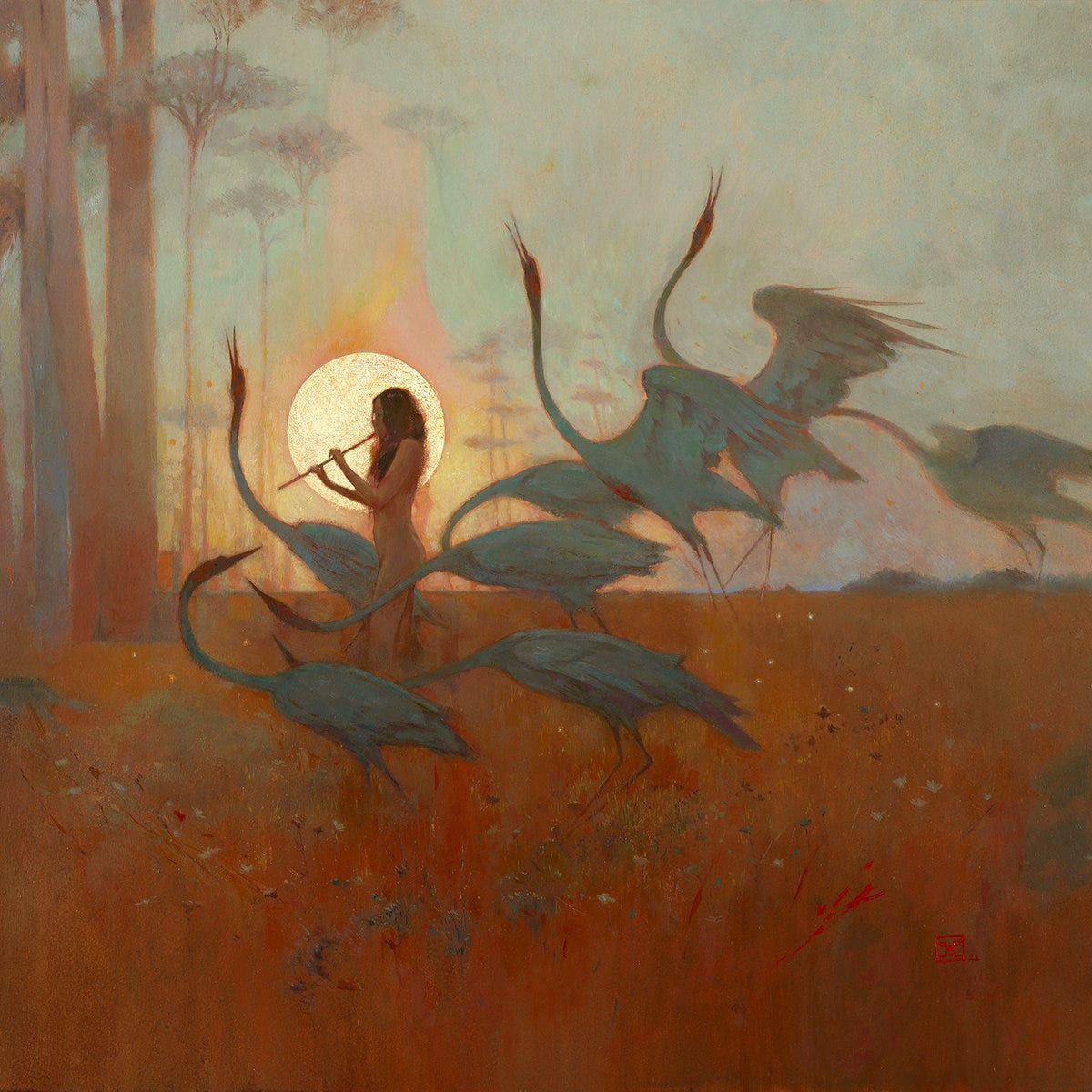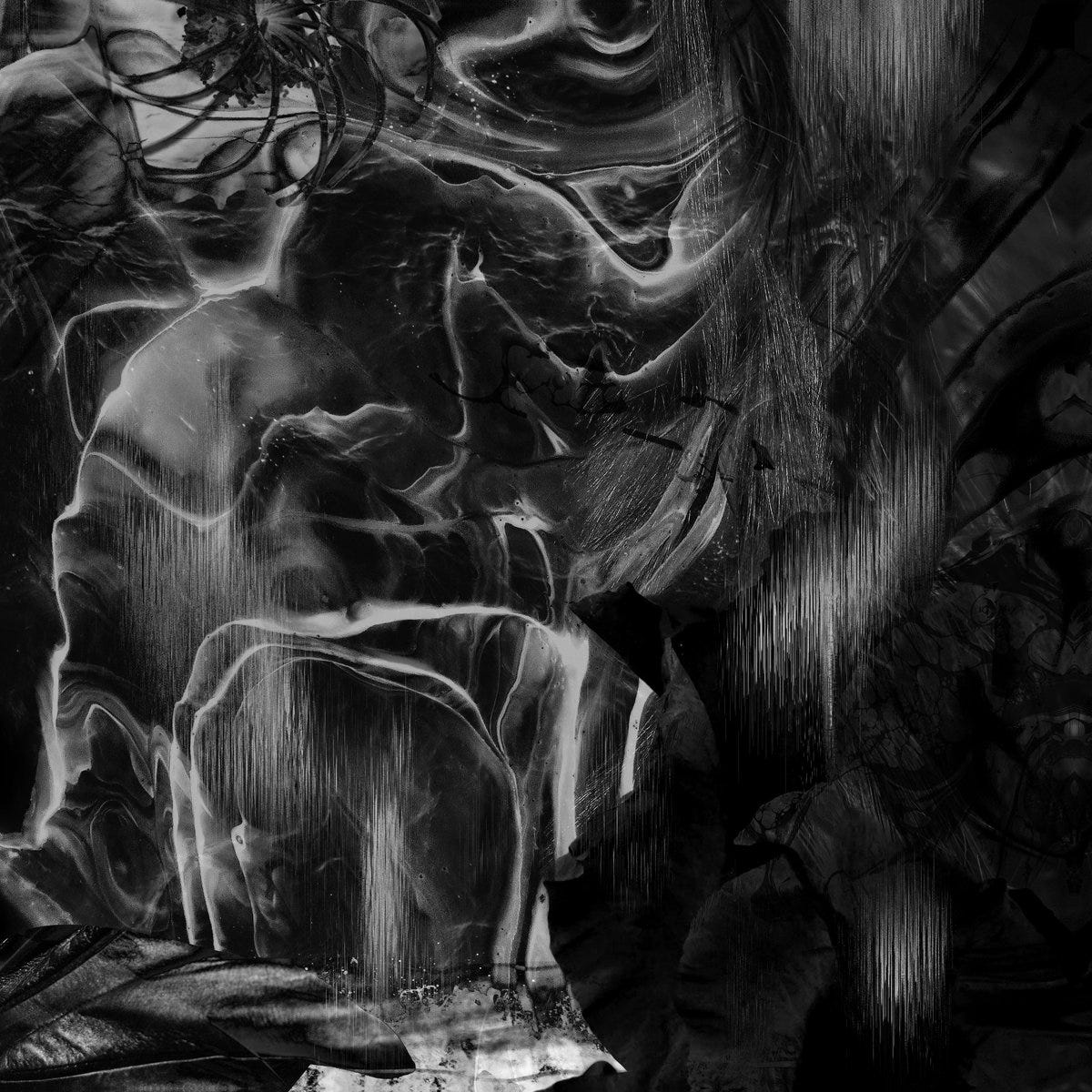Since We Last Spoke...
Some worthwhile releases from the past few months.
As is probably obvious, I’ve taken a break from writing or reviewing anything after the post on Neo-Nazis and Black Metal. This is mostly because of the monumental effort said post took, but my absence is also due in part to focusing on some new projects: two musical, and one written. I’ll be talking more about these projects in a separate post. Meanwhile…
Trelldom — …By the Shadows…
Jazz and metal have danced together many a time, but most embarking to blend said styles tend to opt for the energy more typical of swing or fusion. There’re only a few metal bands willing to toy with the maddeningly patient playing style of dark jazz, as it requires a highly tentative approach to dynamics. One band known for toeing into the legendary Twin Peaks-inspired ambience is the Ukraine’s White Ward, but their generally high-octane sound would more aptly be described as post-black metal with departures into dark jazz, never fully embodying the long-winded atmosphere denoted by the latter genre.1
Enter Trelldom, a side project of Gaahl. Trelldom sits closer towards the center of the black metal/dark jazz Venn diagram, maintaining an entrancing atmosphere through even the heaviest sections. Of course, being a metal project, Trelldom never sinks into the quietude expected of true dark jazz acts (e.g. Bohren & der Club of Gore, or The Kilimanjaro Darkjazz Ensemble), but it is still the closest I’ve ever seen any metal act come to the sound.
Kommodus & Celestial Sword — Constellations of Fatality and Metamorphosis
Kommodus — masterminded by The Infernal Emperor, Lepidus Plague — has kept my attention since the 2023 release of Wreath of Bleeding Snowfall. The latest split alongside the raw/dungeon synth act Celestial Sword (a.k.a. Nocturnal Effigy) has only reaffirmed the afforded attention. Both acts deliver on a variety of sounds ranging from energetically upbeat to depressingly dreary. Anyone looking for new bands sporting the old sound, take heed.
The Gates — …of the River Styx
The Black Magick SS copycats have returned, this time represented by their portly mascot, Bufometh, the Toad of Death. The Gates have always been the best example of “Magick Metal” outside its creators, but on this most recent release, their songwriting has started to develop a flavor of its own. At times, the quality of the production climbs to levels that BMSS always deliberately avoided, but the result nonetheless ends up sounding true to form. As such, The Gates have moved on from emulation to innovation.
Alcest — Les Chants de l'Aurore
It’s hard to keep the designation of black metal attached to Alcest with how far the band has developed their sound from where they broke ground over 20 years ago, but Neige & Company’s place as originators of the ever-popular blackgaze sound keep them in the canon of modern relevancy. Their ability to craft soothingly vibrant works that imbue all the haunting energy of post- and black metal is still unparalleled in the ocean of competitors they gave way to. Fans of Kodama will enjoy the reprisal of its decidedly Japanese aesthetic on this latest release.
Doedsmaghird — Omniverse Consciousness
Finding this album was a bit of an emotional rollercoaster. At first, I was ecstatic to see that a new Dødheimsgard album had come out so soon after last year’s superb release. I then realized, rather dejectedly, that I misread the name of the band — because it contains all the same letters as Dødheimsgard. At that point, it occurred to me that this oddly-named new band was also on Peaceville, making them label mates with Dødheimsgard…
Rejoice! This is Dødheimsgard’s Vicotnik under a different name, Mr. Vicxit Baba Maharaja. All of the uncultured swine who found Dødheimsgard’s masterpiece from last year, Black Medium Current, to be too spacey and progressive will likely enjoy the increased edge of this project. In general, Doedsmaghird bears a closer resemblance to Dødheimsgard’s 666 International era, minus all the nu metal elements.
Circle of Ouroborus — Ajattoman Uni
Per their usual, Finland’s Circle of Ouroborus have delivered masterful grooves in an unseemly package to the undiscerning eye. Their decades-long existence in obscurity continues to keep their prolific roster from netting their deserved repute, giving them the edge of a gem hidden within one of best black metal scenes in the world.
Ævangelist — Perdition Ekstasis Meta
Speaking of Finnish bands, the once-Floridian-now-Finnish act Ævangelist has returned. As one can expect from any act that goes out of their way to make their name untypeable on most keyboards, Ævangelist is nightmarishly experimental, exhibiting a lot of similarities to kindred Blut Aus Nord’s Disharmonium albums. If you enjoy this particularly haunting take on blackened death, Matron Thorn — the mind behind Ævangelist — developed this sound in an alternative project dubbed Skrying Mirror.
Cigno — Nada!Nada!Nada!
What a strange album this is. It doesn’t even pass my litmus test2 for black metal, but it’s certainly adjacent in themes. This act never would have caught my attention if not for their place in Avantgarde Music’s halls — and what a fitting place it is. I’m not really sure what to say about this album that won’t amount to metaphors about the extramarital conception shared by Italian disco and doom that gave way to this unholy bastard. You might hate this album. Nonetheless, many of the tracks here wouldn’t be out of place on a Halloween playlist.
Curta’n Wall — Yr Gwyddbwll
Abysmal Specter — the dumbest son-of-a-bitch in the black metal biz — has somehow managed to deliver another hilariously killer album. Funnier, heavier, and even better written than Siege Ubsessed!, Curta’n Wall’s latest is the ren faire album nobody wanted, but all needed.
Oranssi Pazuzu — Muuntautuja
Oranssi Pazuzu is yet another act that has wandered far from their black metal origins, but I don’t think you’ll find anybody complaining about that. Their newest release doubles down on all the sonic psychedelia they’ve spent their entire career honing, scattering throughout departures into hip-hop-inspired drum rhythms interwoven with entrancing bass riffs, plucky classical piano over dissonance, and frequent descents into hair-raising walls-of-sound. Synthesizers and vocoders are leveraged heavily towards creating a sci-fi atmosphere particularly reminiscent of their debut Muukalainen puhuu. Overall, the culmination of these odd influences results in such a distinct identity for Oranssi that they could be fairly described as one of the most unique bands in the scene — both in black metal and rock ’n’ roll broadly.
With the fourth quarter of the year kicking off, it’s worth mulling over which albums will be making the “Best of 2024” list, and I’m reasonably certain this album will be making the cut… but we’ll see. It’s been a good year for metal.
That’s all for now. Keep an eye out for some of the aforementioned updates.
Happy Halloween!
It feels weird to suggest that any genre can be more long-winded than post-black metal, but I’m standing by that assertion.
For which my rationale is completely baseless and anything but rational.













